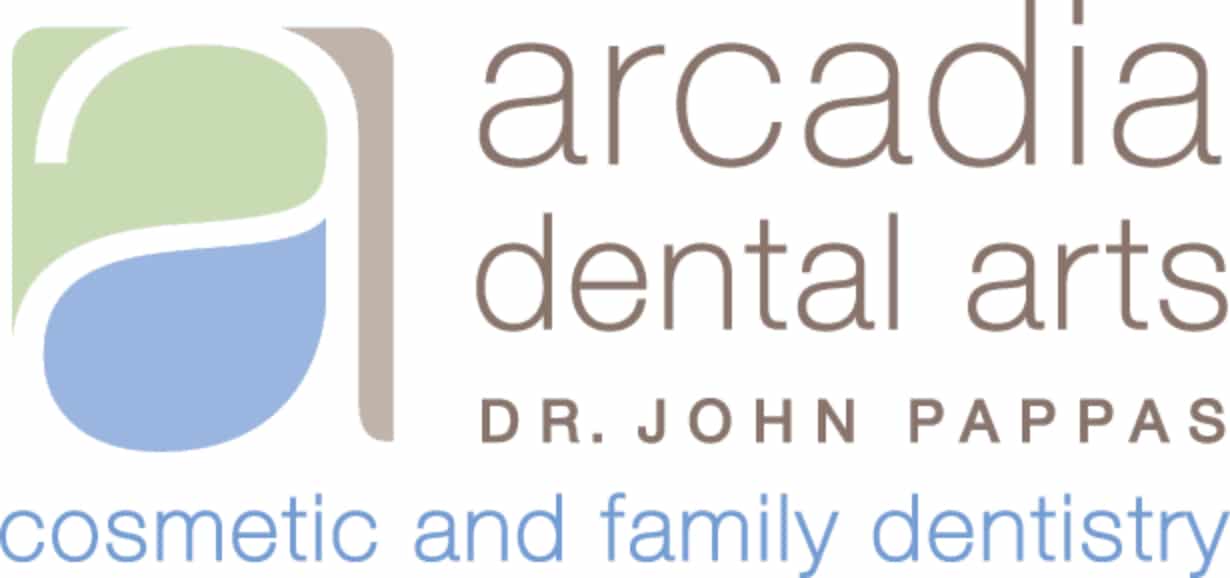Researchers from the University of Pennsylvania have discovered a new dental material that kills bacteria and is capable of resisting biofilm growth. Their study was recently published in the journal ACS Applied Materials and Interfaces. Biofilms are communities of bacteria that form and stick to surfaces, especially wet ones, said Dr. John Pappas, DDS, of Arcadia Dental Arts in Phoenix, Arizona.

“Plaque is actually a sticky biofilm that forms on teeth,” he said. “It can even form on the restorative materials we use in dentistry such as composite fillings.”
Testing the New Material Against Composite
The research team tested this new material against a typical composite material used in dentistry today and found that the biofilm was removed easily on the new, experimental material while it took four times the force to remove the biofilm on the composite material.
When it came to killing and preventing a buildup of bacteria, only small amounts of biofilm accumulated on the new material in the same amount of time it took a steady accumulation of biofilm to form on the composite control.
Dental Plaque and Biofilms
Even though the word bacteria seems bad in any context, there’s actually good and bad bacteria, even in the mouth. The communities of bacteria that make up biofilms contain both good and bad bacteria.
“Good bacteria help prevent and control any inflammation that is often actually caused by the bad bacteria,” Pappas said. “When oral biofilm begins to accumulate on the teeth, it can harden and become dental calculus, or tartar, which can only be removed with a professional cleaning.”
Poor oral hygiene and diet can often lead to an environment that allows for the bad bacteria to overtake the good bacteria, causing serious problems for your oral health.
When Plaque Becomes a Problem
When plaque buildup occurs, it causes inflammation and can even cause infection. Usually the first complication when it comes to plaque is gingivitis. This is actually the first stage of gum disease, Pappas said.
“Signs of gingivitis usually include red, swollen gums that bleed easily, especially when flossing or brushing vigorously,” he said. “Thankfully, if professional dental care is sought at this stage in the process, the damage is completely reversible.”
If left untreated, gingivitis often leads to the next stage in the gum disease process: periodontitis. This infection of the gums can cause loss of teeth and even loss of bone. In fact, it’s one of the leading causes of tooth loss.



